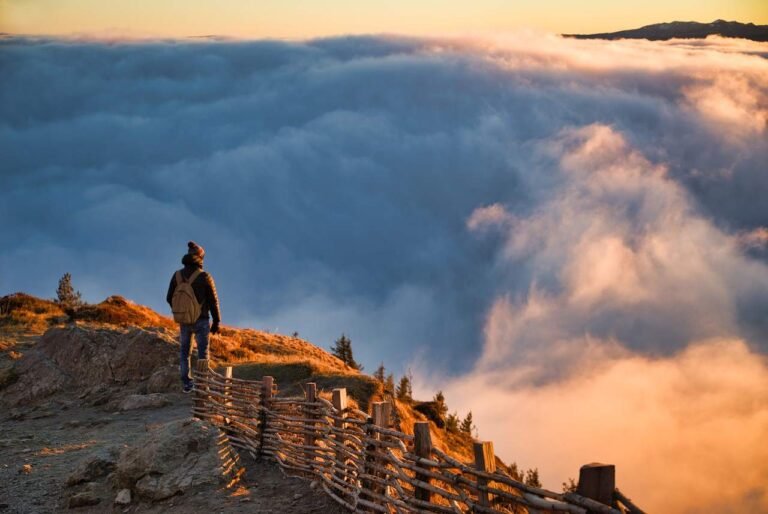BLOG | BREATHWORK | HEALTHY HABITS | WELLNESS
Comprehensive guide to Breathwork techniques for stress relief
Our modern grind culture, “crushing it” mentality, and overall toxic hustle culture is a common reason why life has become so stressful for many people. Not to mention the rising cost of living while trying to navigate the historical lack of salary increases. Then, as you observe these scenarios play out on social media, with…


